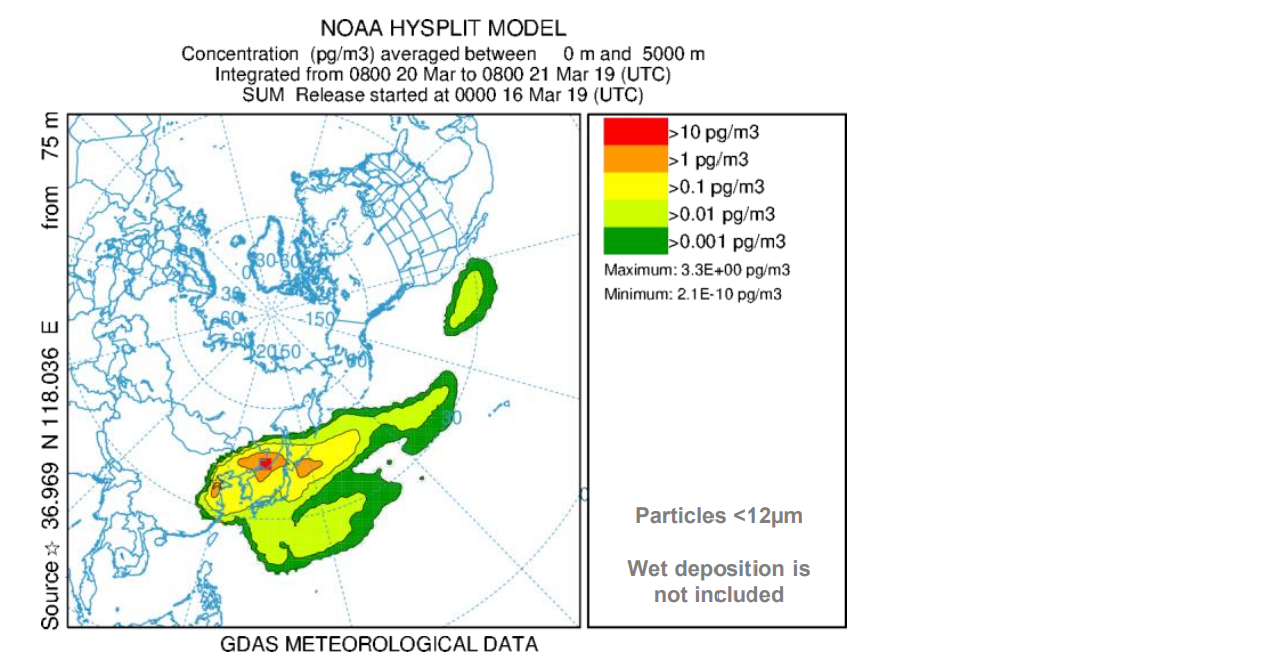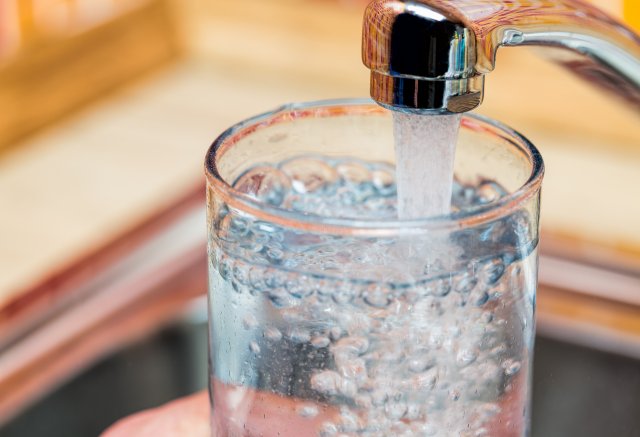Reducing PFAS in Drinking Water with Treatment Technologies
Published August 23, 2018
Per- and Polyfluorinated substances (PFAS) are a group of man-made chemicals that persist in the environment. These chemicals have been used for decades in consumer products to make them non-stick and water resistant. They are also found in firefighting foams and are applied in many industrial processes. Unfortunately, the characteristics that make them useful are the reason they persist in the environment and can bioaccumulate, or build up, in our bodies and the bodies of animals.
PFAS also dissolve in water, and combined with their chemical properties mean traditional drinking water treatment technologies are not able to remove them. Therefore, EPA researchers have been studying a variety of technologies at bench-, pilot-, and full-scale levels to determine which methods work best to remove PFAS from drinking water.
Certain technologies have been found to remove PFAS from drinking water, especially Perfluorooctanoic acid (PFOA) and Perfluorooctanesulfonic acid (PFOS), which are the most studied of these chemicals. Those technologies include activated carbon adsorption, ion exchange resins, and high-pressure membranes. These technologies can be used in drinking water treatment facilities, in water systems in hospitals or individual buildings, or even in homes at the point-of-entry, where water enters the home, or the point-of-use, such as in a kitchen sink or a shower.
Activated Carbon Treatment
Activated carbon treatment is the most studied treatment for PFAS removal. Activated carbon is commonly used to adsorb natural organic compounds, taste and odor compounds, and synthetic organic chemicals in drinking water treatment systems. Adsorption is both the physical and chemical process of accumulating a substance, such as PFAS, at the interface between liquid and solids phases. Activated carbon is an effective adsorbent because it is a highly porous material and provides a large surface area to which contaminants may adsorb. Activated carbon (GAC) is made from organic materials with high carbon contents such as wood, lignite, and coal; and is often used in granular form called granular activated carbon (GAC).
https://www.epa.gov/sciencematters/reducing-pfas-drinking-water-treatment-technologies


















































